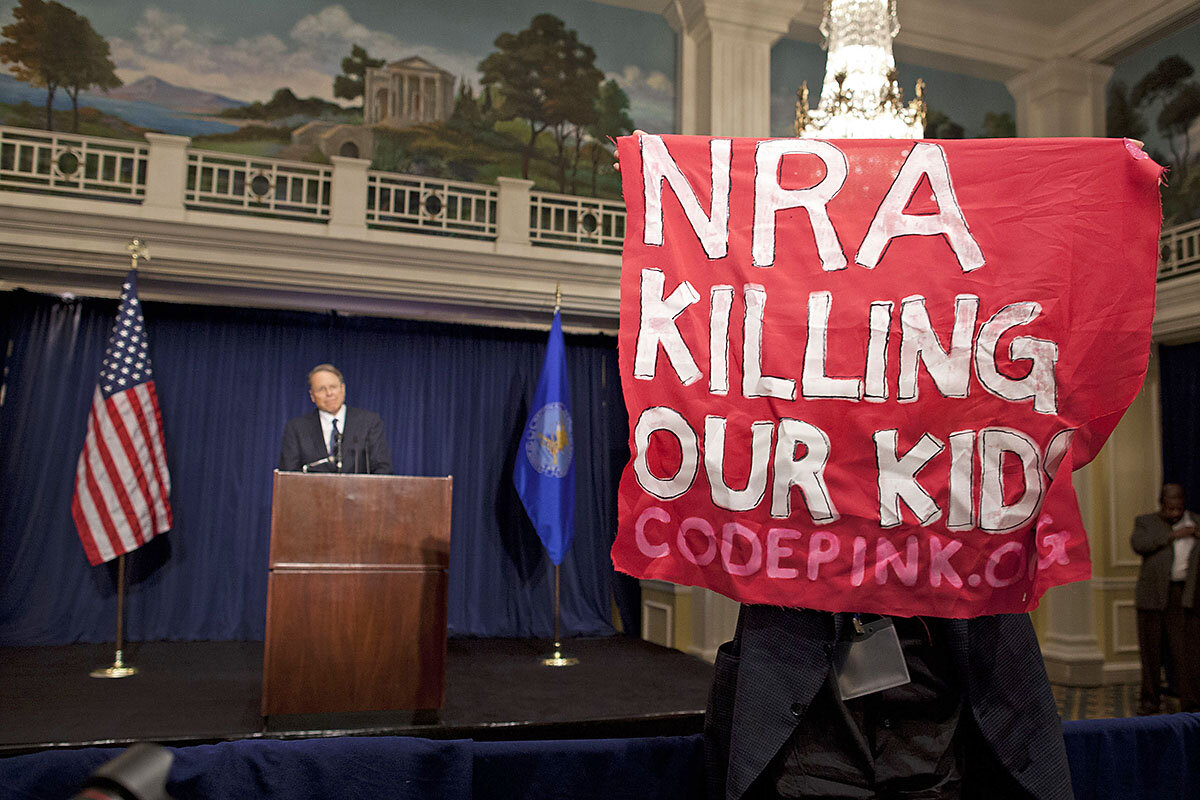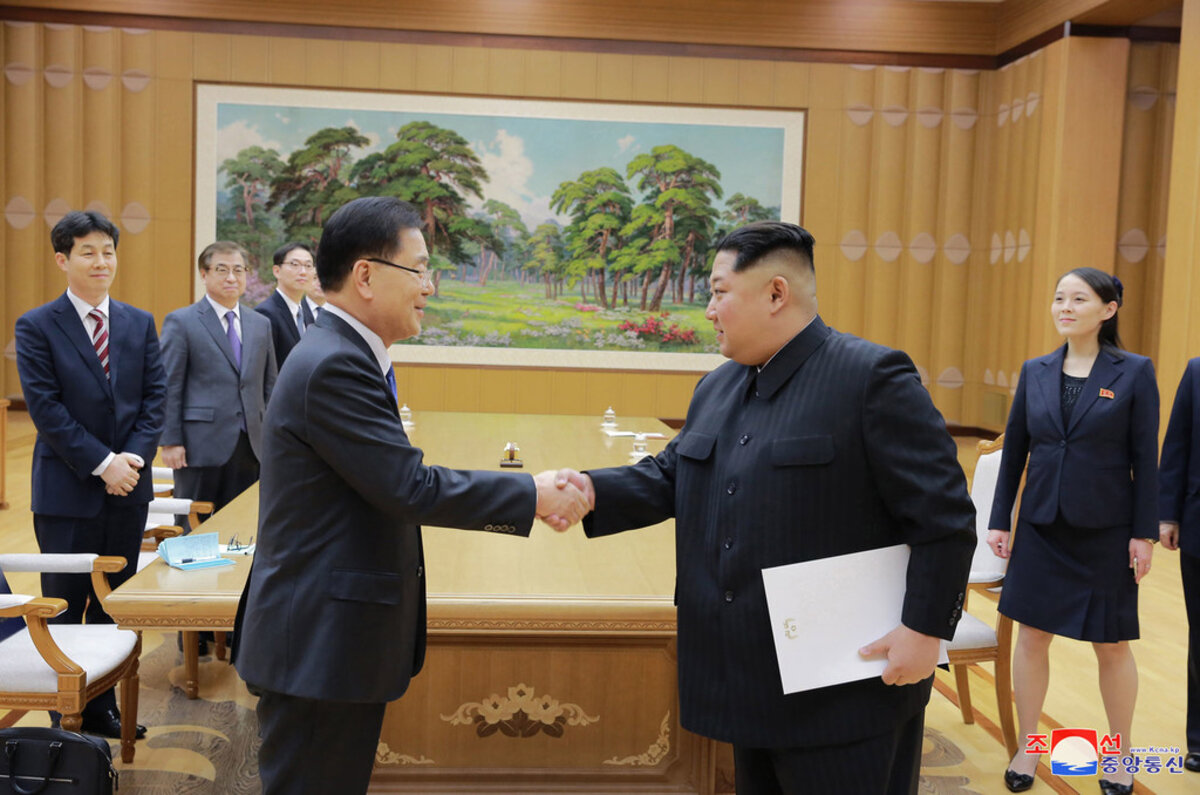Cigarette companies once effectively used lobbyists to protect an industry deemed harmful to public health. We know what happened to Big Tobacco. Could the gun industry face a similar future?
Monitor Daily Podcast
- Follow us:
- Apple Podcasts
- Spotify
- RSS Feed
- Download
 David Clark Scott
David Clark Scott
The “Rocket Man” wants to make peace.
North Korean leader Kim Jong-un said Monday no more nuclear or missile tests as long as peace talks are under way. And the North wants direct talks with the United States about denuclearization, according to a South Korean envoy.
For months, the US and North Korea have appeared to be on a path toward war. Until now, the North has said its security depended on nuclear weapons.
Can North Korea be trusted? President Trump called it “possible progress.” What lends some credibility to the offer is that the message was delivered by Mr. Kim himself during an unusually open four-hour meeting and dinner with a South Korean delegation.
What happens next? A hotline for direct consultations between Kim and South Korean leader President Moon Jae-in will be set up. Then, Korean summit talks are planned for late April. A South Korean envoy says he’ll travel to the US this week to deliver a private message directly from Kim to Mr. Trump.
While this North Korean shift is abrupt, few observers expect fast progress to peace. History would suggest that North Korea can’t be trusted. But the first trust-building steps are under way. That’s noteworthy.
Now to our five selected stories, including a look at shifting values in China, an energetic democracy in Africa, and a better understanding of interlopers in Florida’s Everglades.










